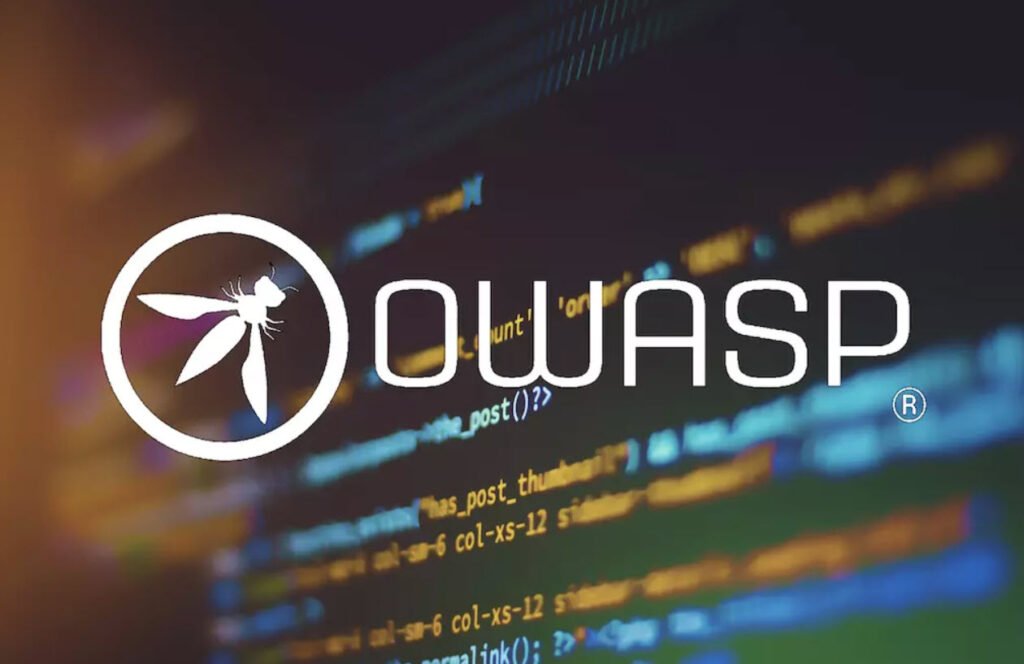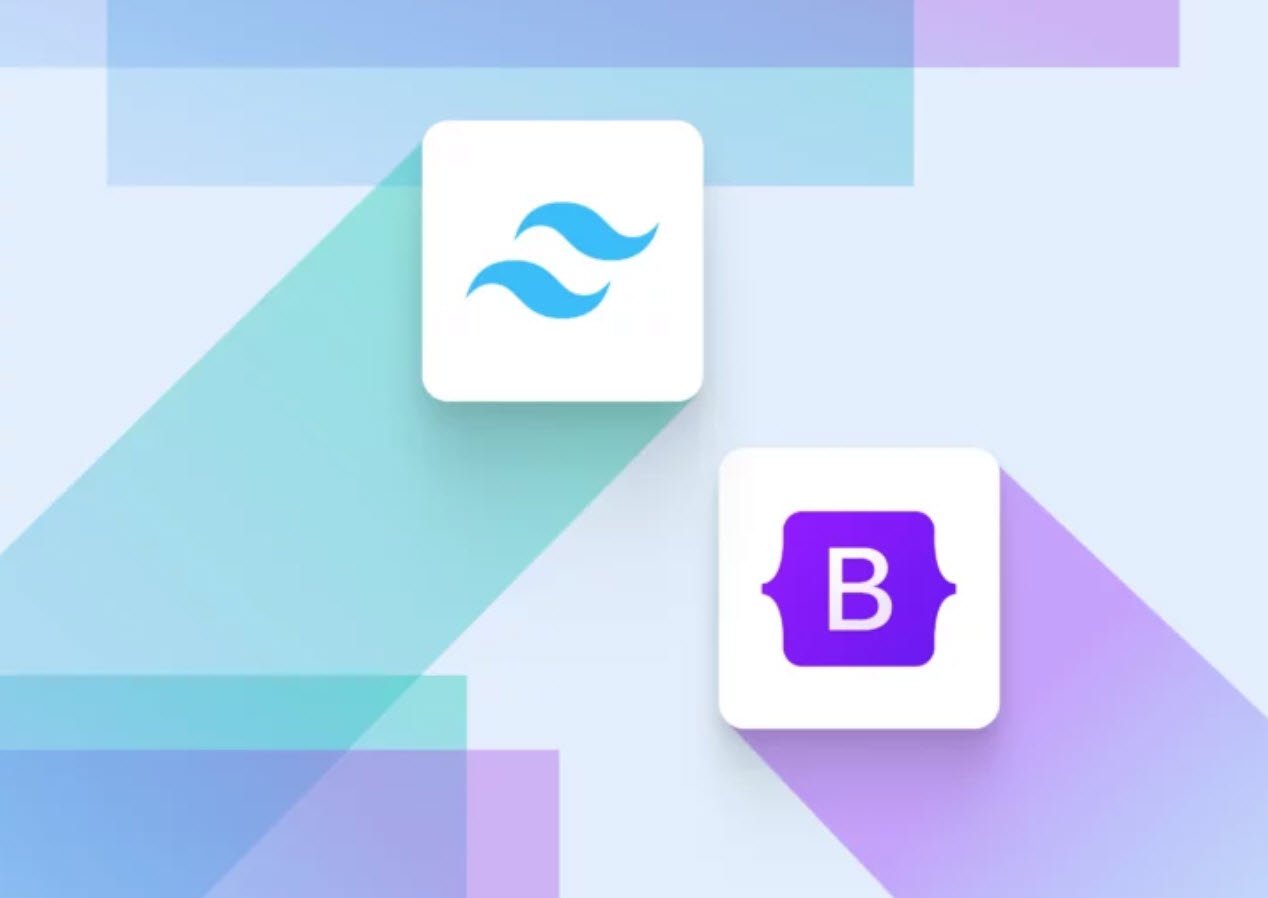
In today’s digital landscape, where cyber threats are becoming increasingly sophisticated, organizations must prioritize security in their software development processes. To assist developers, testers, and security professionals, the Open Web Application Security Project (OWASP) has compiled comprehensive guides and lists to help identify and mitigate common security vulnerabilities.
In this article, we will explore five essential resources provided by OWASP: the OWASP Testing Guide, SANS Top 25 Programming Errors, OWASP API Top 10, OWASP Mobile Top 10, and OWASP IoT Top 10.
1. OWASP Testing Guide
The OWASP Testing Guide serves as a comprehensive manual for testing the security of web applications and services. It provides practical guidance and techniques for testing different components of an application, including the infrastructure, authentication mechanisms, input validation, session management, and more.
By following this guide, security professionals can identify vulnerabilities and implement appropriate countermeasures to safeguard against attacks.
2. SANS Top 25 Programming Errors
The SANS Top 25 Programming Errors list is a compilation of the most common and critical programming errors that lead to security vulnerabilities. This list serves as a valuable resource for developers, as it highlights specific coding practices to avoid and provides guidance on how to write more secure code.
By adhering to the recommendations in the SANS Top 25, developers can significantly reduce the risk of introducing security flaws into their software.
3. OWASP API Top 10
As APIs (Application Programming Interfaces) continue to play a crucial role in modern application architectures, securing them becomes paramount. The OWASP API Top 10 provides guidance on identifying and addressing the most significant security risks associated with API usage.
It covers issues such as inadequate authentication, excessive data exposure, lack of resource limitations, and insecure deployment configurations. Following these guidelines helps organizations protect their APIs from potential attacks and maintain the confidentiality and integrity of sensitive data.
4. OWASP Mobile Top 10
With the widespread adoption of mobile applications, securing them has become increasingly important. The OWASP Mobile Top 10 outlines the most common security risks faced by mobile apps. It covers vulnerabilities such as insecure data storage, insufficient transport layer protection, weak authentication, and unintended data leakage.
By applying the recommendations provided in this guide, developers can fortify their mobile applications against potential exploits and safeguard user data.
5. OWASP IoT Top 10
The rapid growth of Internet of Things (IoT) devices has introduced new security challenges. The OWASP IoT Top 10 highlights the most prevalent vulnerabilities in IoT ecosystems, including insecure web interfaces, weak authentication mechanisms, inadequate software protection, and lack of secure communication channels.
By understanding and addressing these risks, IoT manufacturers and developers can build more secure and resilient devices, protecting both users and the broader network infrastructure.
Conclusion
In the face of evolving cyber threats, staying ahead of potential vulnerabilities is critical. OWASP’s Testing Guide, SANS Top 25 Programming Errors, OWASP API Top 10, OWASP Mobile Top 10, and OWASP IoT Top 10 provide invaluable resources to help organizations improve the security of their applications, APIs, and IoT devices.
By integrating these best practices into their development and testing processes, businesses can enhance their security posture, protect sensitive data, and mitigate the risk of cyber attacks.
You may also like:- Top 10 CSS Libraries for Your Next App
- How To Fix the Crowdstrike/BSOD Issue in Microsoft Windows
- MICROSOFT is Down Worldwide – Read Full Story
- Windows Showing Blue Screen Of Death Error? Here’s How You Can Fix It
- A Guide to SQL Operations: Selecting, Inserting, Updating, Deleting, Grouping, Ordering, Joining, and Using UNION
- Top 10 Most Common Software Vulnerabilities
- Essential Log Types for Effective SIEM Deployment
- How to Fix the VMware Workstation Error: “Unable to open kernel device ‘.\VMCIDev\VMX'”
- Top 3 Process Monitoring Tools for Malware Analysis
- CVE-2024-6387 – Critical OpenSSH Unauthenticated RCE Flaw ‘regreSSHion’ Exposes Millions of Linux Systems








